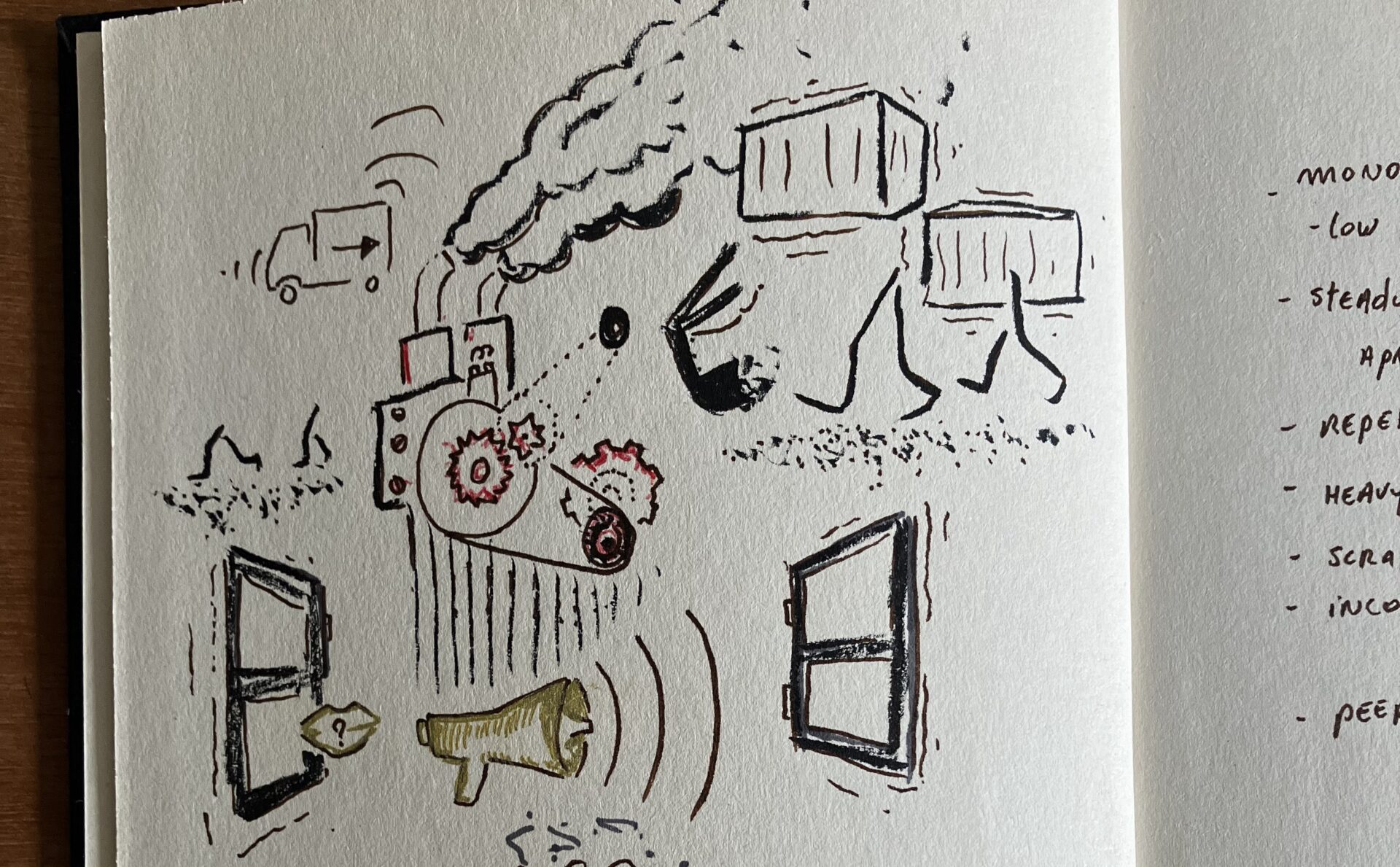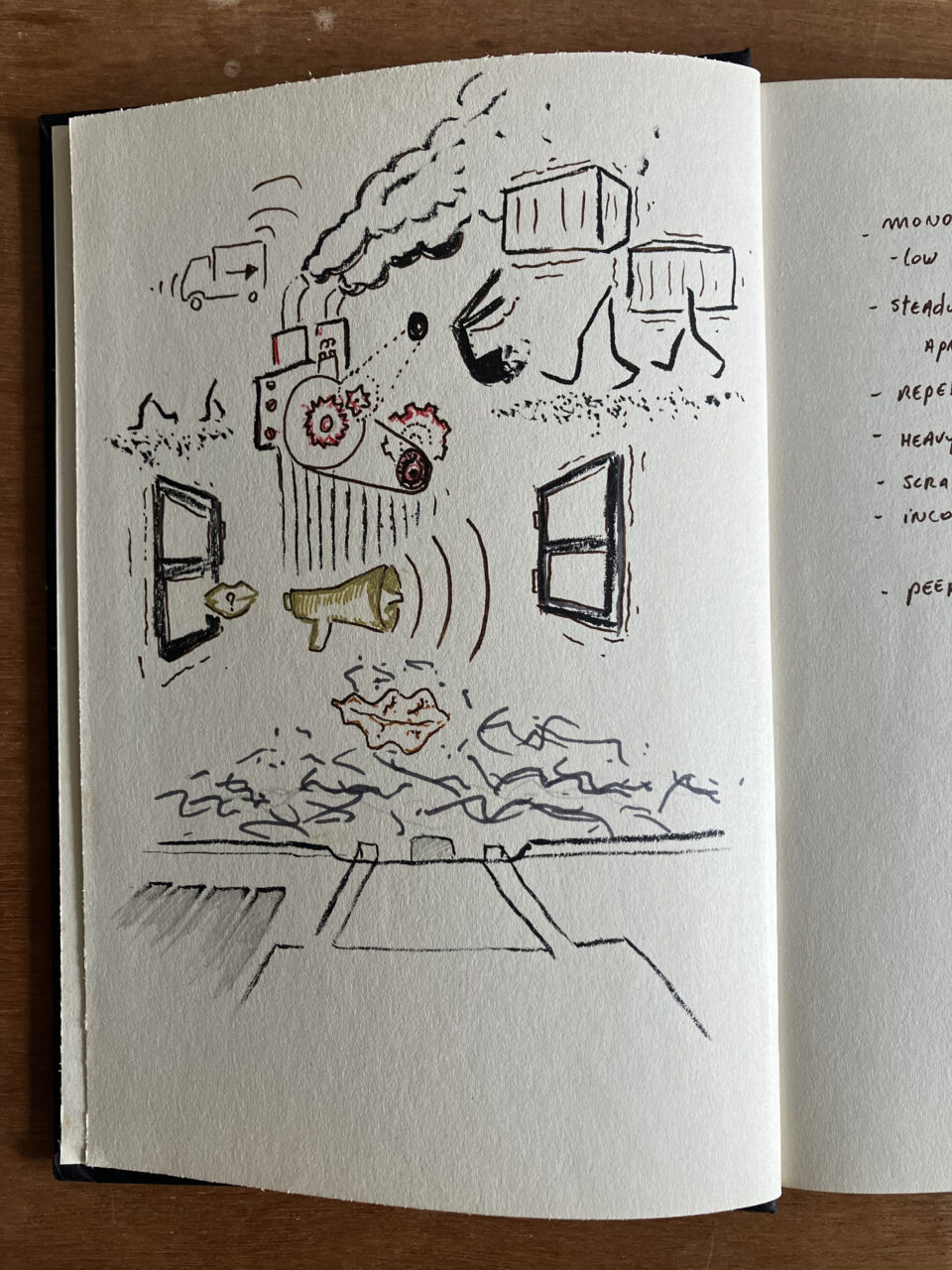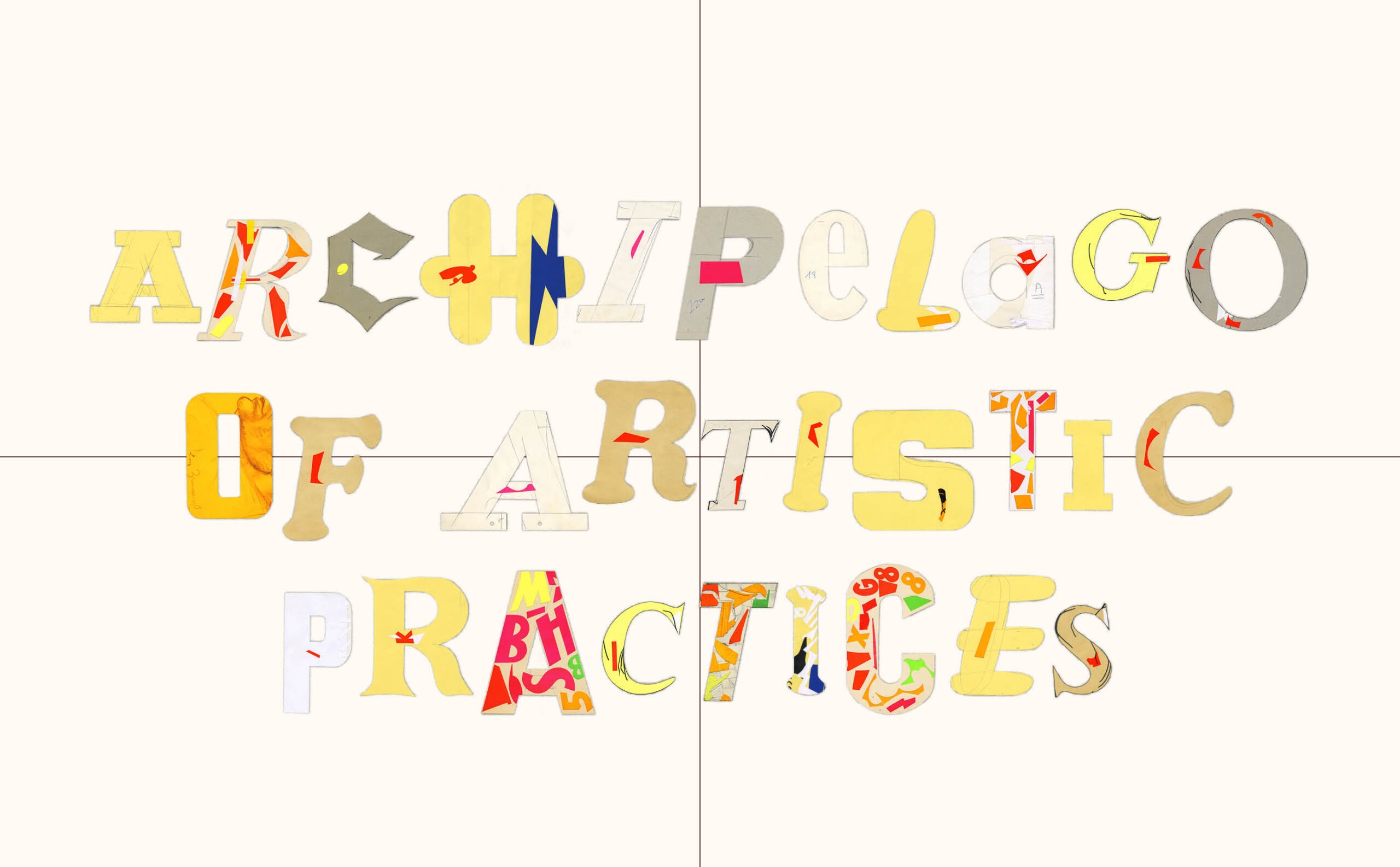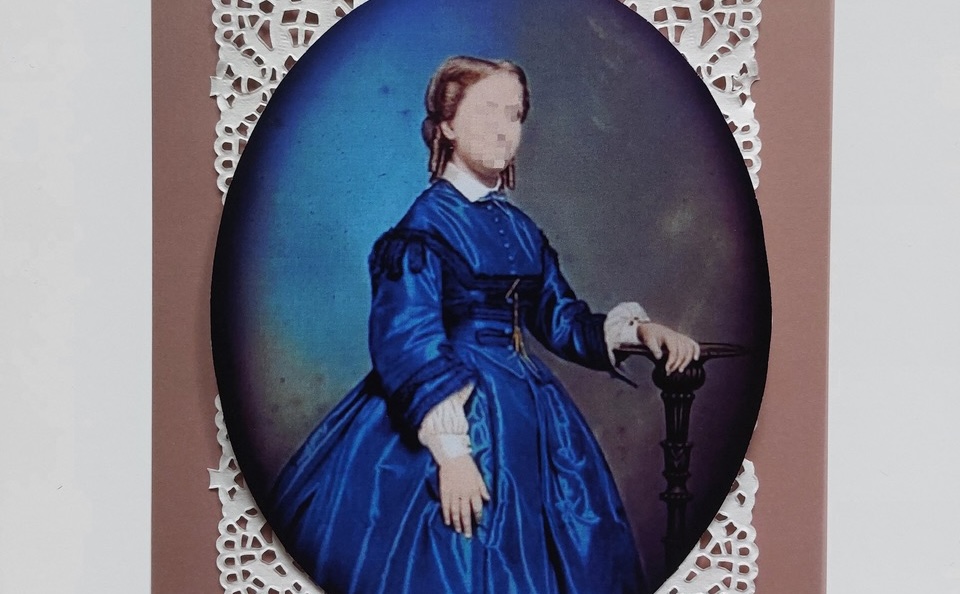Because the microphone, and it’s characteristics, define what we hear in a recording, just in the same way as does the lens of a camera define what we perceive in an image, the choice of the microphone is a major decision a field recordist makes.
This way, the field recordist pre-interprets the documentation of a given situation, being it an action, a landscape, a conversation, or any other event in sound.
Before pressing the record button, the recordist decides what to focus on, how to focus on it, and what elements are of minor importance, or even undesired. This way he or she pre-defines, or at least guides greatly, the point of hearing, the focus, the perception and even, maybe, the interpretation, of the listener.
This may be very useful in some situations but, depending on what is the aim of the recording, can become an obstacle. If one wants to record a landscape or situation in a more objective, non judgemental way, this advantage even becomes a major hindrance.
In an attempt to bypass this limitation, and larger, in a research on the impact of the choice of the microphone as a tool depending on the aim of the recording, we experiment recording without the use of microphones.
If we ignore the potential absurdity of this idea, we uncover a wide field of possibilities, each one with their own limitations and it’s own magical potential.
Approaching this practice of recording landscapes without microphones requires a beginners-mind and liberates us from preconceived notions of what recording actually is; ‘set down in (…) permanent form’.
It offers us a naïve astonishment and an enchanting fascination from which so much inspiring, and often playful, research is born, and often unpredictable discoveries are made.
It opens our ears, and ultimately our mind, to the unexpected, because we are liberated from assumptions.
We wish you a wild ride,
Sebastian Dingens – Sonic Research Kitchen


 RELATED
RELATED 

